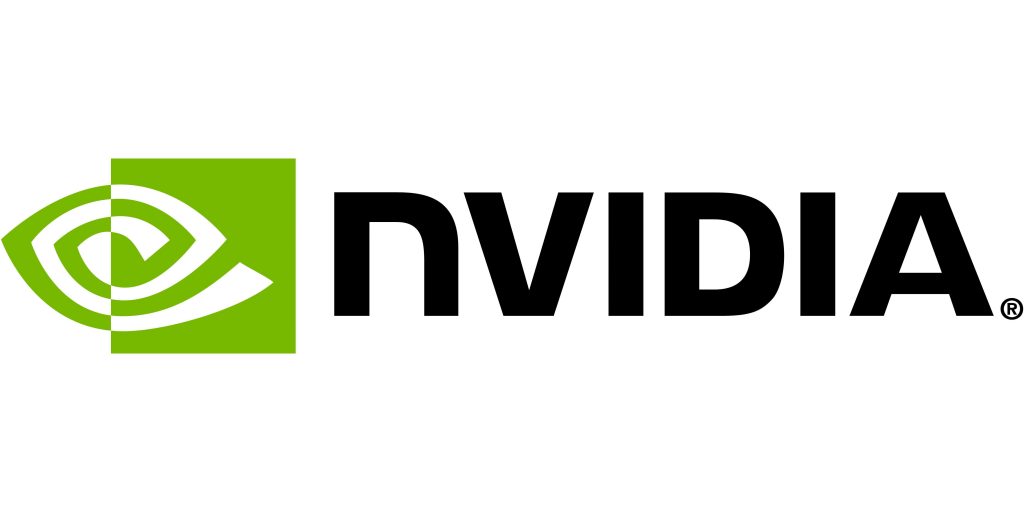The Future of Computing- GPUs in Data Centers
Let’s look what GPUs are, why Data Centres have them, and why they’re one of the most significant contributors to the evolution of the tech industry!
Graphics Processing Units (also known as GPUs or ‘video cards’) were initially designed to do exactly what their name implies – to perform the very large numbers of simultaneous computations needed to render high-quality graphics accurately- and were developed to support the gaming industry, who naturally benefited from being able to produce games with the better, more impressive graphics that GPU computations enabled.
However, over the last 5-10 years, heavy processing tasks requiring large amounts of intensive mathematical calculations have become much more common, and GPUs have become crucial for several industry-defining use cases, such as AI, Cloud Gaming, VDIs, and Graphical Modelling.
As such, Data Centres have begun supplying GPU-empowered servers to supply this new demand for compute-intensive infrastructure.
But what, if anything, sets data center GPUs apart from the consumer GPUs that we have in our PCs? And what are the key use cases that are driving this surge of interest in specialised data center GPUs?
To answer these questions, let’s take a quick deep dive into the world of GPUs.
The Summary – GPU 101

Providing much higher core numbers and uniquely paralleled structures, GPUs use registers, frame buffers, caches, and more to sustain high performance levels for HPC tasks that were traditionally allocated to CPUs.
Whereas CPUs are great for handling single complex tasks one at a time, GPUs are designed to processing hundreds of thousands of small programs simultaneously, ultimately giving the end user a greater output, in a shorter timeframe, at a much lower cost for tasks that need a lot of small tasks to be completed.
This has made them perfect for tasks that require high performance computing (HPC), and has led to an explosion of use cases such as AI and machine learning, which require lots of small bits of data to be analysed as fast as possible to give enterprises instant views of trend and behaviours that can be used to inform business policy and product development, and VDIs, which enable graphic-intensive applications to be used remotely, enabling greater flexibility across a huge range of industries.
However, to support enterprise-grade use cases, you can’t just use the consumer-grade GPUs that we have built into our PCs; you need enterprise grade GPUs designed to support specific use cases such as AI, or Virtual Desktop Infrastructure.
It’s this demand for a sophisticated, reliable, high-performance infrastructure has led to the surge of Data Center GPUs that we’ve experienced over the last five years!
Built for the Future of Enterprise – What sets Data Centre Grade GPUs Apart

Fundamentally, Data Center GPUs differ to traditional GPUs in one main aspect;
Data Center GPUs are built to have greater stability and reliability than their consumer GPU counterparts.
Consumer GPUs are typically produced for applications that require frames to be rendered at a high frequency, like gaming. To achieve this, consumer GPUs are typically ‘overclocked’ to force GPUs to perform at their hardest for as long as possible, to give the end user the best experience possible. However, this also produces a lot of stress on the graphics cards, and this means that they’re a lot more prone to crashes and performance drops, especially over long periods of time.
The occasional performance drop doesn’t matter too much for an individual user, and these issues can normally be solved quite easily. However, these small interruptions can have massive consequences for large-scale enterprise workloads.
Completing AI or machine learning models are complex tasks that can take days to complete, and even the smallest crash can lead to huge amounts of wasted time, and lost resources dedicated to fixing an avoidable problem. Similarly, if GPUs fail in the middle of a modelling session for a major gaming IP or movie franchise, then lots of time and resources can be lost in industries that have notoriously tight deadlines.
As a consequence, data centre GPUs are built to provide steady, reliable performance over long periods of time. In particular-
- They are built with optimized drivers
- They typically have higher specs, including memory, RT cores, Tensor cores, and CUDA cores
- Tested much more thoroughly than their consumer counterparts,
- Constructed with certified hardware
- Updated less frequently to minimize downtime
- And have dedicated support on hand from service providers and the manufacturers
All of this is combined in every data centre GPU, to ensure that they produce consistently high performance over even the longest sessions, giving enterprise users the best infrastructure possible for all their HPC workloads.
Why Enterprises use Data Center GPUs

By integrating GPUs into modern data centers, enterprises can gain very fast access to a highly specialised infrastructure without needing to fork out for the costs of setting it up.
This has allowed businesses to continue to move to an OpEx business model – a trend that has dominated the 2020s as a fast path to cost efficient operations – without stemming product development or internal evolutions by investing large sums of capital that need greater levels of sign off.
In addition to this, the integration of ever-evolving GPUs into data centers has been a huge success that has created its own demand, with enterprises creating use cases that capitalise on GPU-acceleration to optimize different business areas for the benefits of both the business and their end users.
This in turn has led to the creation of specialised cards designed to maximize output on the growing list of GPU-powered use cases, which have been a huge hit for companies looking to maximize output for specific workflows;
- For enterprises looking to run VDIs, the Nvidia A16 and A40 have an emphasis on visual modelling that makes running VDIs for use cases such as video streaming, cloud gaming, and graphic modelling incredibly efficient
- For organisations looking to power workloads that need no graphical rendering whatsoever, the A100 and A30 GPUs strip out all the unnecessary visual infrastructure, and replace it with cores – lots and lots of cores.
This tensor core focus allows for a ridiculously high FLOP counts (floating point operations per second, a measure of computer performance), making these very high-compute cards perfect for number-crunching data analysis tasks such as Ai, Machine Learning, and Deep Learning.
The end result is that enterprises can get access to their own really specialised GPU-accelerated infrastructure that’s tailored for their requirements, with a very short road to deployment, and with no capital investment or maintenance costs.
Honestly, it’s not a surprise to see that data center GPUs have been so popular, and with the emergence of vGPU solutions, this explosion of GPU accelerated data centers shows no sign of slowing down either. Bringing GPU acceleration to the cloud space, vGPUs are opening the doors to a huge range of HPC and CUDA-based applications to finally be integrated into cloud environments, which will make HPC even more flexible, and even more accessible, promising to propel GPU use cases to even greater heights.
THG’s Market Leading GPU Servers, Powered by NVIDIA

When looking for partners with GPU accelerated data centers, you need to know that your servers will be well provisioned, secure, and placed in locations that give you the fastest connections to GPU-acceleration possible, and THG Ingenuity Cloud Services have the resources, security, and infrastructure on hand to meet all of your requirements.
We’ve partnered with NVIDIA to provide a huge range of leasable GPUs at locations across the globe, supported by one of the fastest, most expansive networks, all for an affordable price with variable term lengths.
From VDI-oriented A16s and A40s to the powerhouses of AI workloads, the A30s and A100s, we can put the GPUs you need wherever you need them.
With tier 3 data centers across five continents, our global presence puts GPU acceleration wherever it’s needed. Supported by a secure, diversified, ultra-fast private network, and managed by a veteran team of network engineers and solutions architects, our GPU servers are built from the ground up to ensure great user experiences anywhere on the globe.
Lease GPUs in EMEA, North America, and AsiaPac Now

Partner with us for GPU Servers, and bring GPU acceleration to workloads all across the globe.
Click here to get in touch with us, and get a call back about your requirements within 24 hours from our account management team.

